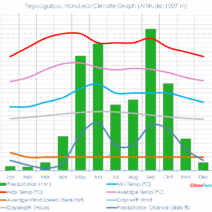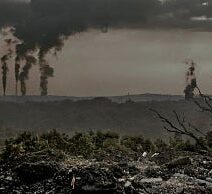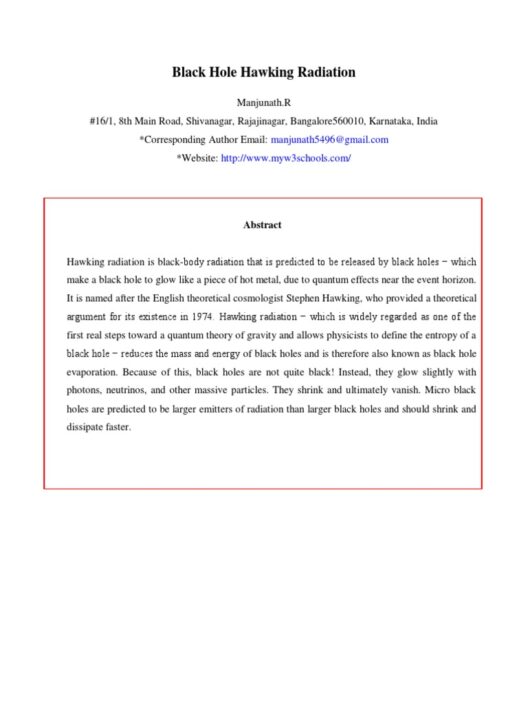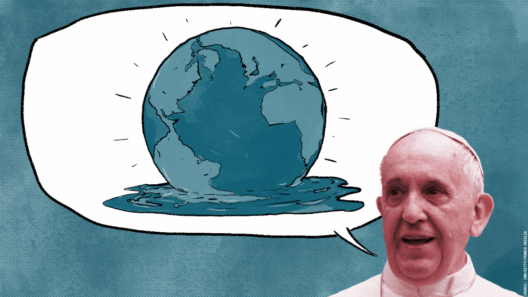As the world grapples with increasing temperatures and unpredictable weather patterns, one might wonder: are recycling plants — those bastions of environmental stewardship — actually contributing to global warming? At first glance, these facilities appear to be the answer to our recycling woes, separating the unmanageable waste from our lived experience. However, a closer examination unveils a complex dynamic that merits scrutiny.
Recycling is often heralded as a panacea for waste management, a means to reduce the amount of rubbish in landfills and curb resource extraction. The notion is ostensibly simple: take discarded materials, reprocess them, and reintegrate them into the economy. Yet, behind this façade lies an insidious reality. To operationalize recycling plants, substantial energy is expended. This energy often comes from fossil fuels, fueling a cycle that paradoxically adds to greenhouse gas emissions, thus exacerbating the very global warming we strive to mitigate.
Consider the logistics of transporting recyclable materials. They must be collected, sorted, and transferred to specialized facilities. These processes are not without their carbon footprints. Diesel-fueled trucks rumble through our streets, belching carbon dioxide and other noxious emissions as they traverse miles of urban sprawl. The question emerges: does the environmental benefit of recycling outweigh the emissions generated during its transportation and processing?
Moreover, not all materials are created equals. The recycling efficiency varies dramatically across different materials. For instance, aluminum recycling is a remarkable success story; it saves an astonishing 95% of the energy required to produce new aluminum. Contrastingly, plastics present a far murkier picture. The recycling rate for plastics lingers below a disheartening threshold, often resulting in plastic waste being exported to developing countries, where it may not even be recycled but instead disposed of improperly, leading to further environmental degradation.
Furthermore, the contaminants often found in recyclables can render whole batches unsuitable for recycling, leading to increased waste production. This scenario is not just a logistical issue; it contributes to a cascading effect that could potentially outweigh any earlier benefits garnered from the recycling process. As lesser-quality materials re-enter the market, they may amplify the demand for virgin resources, reigniting the very cycles of extraction and pollution that recycling aims to eradicate.
This leads to a thought-provoking challenge: Is our current recycling infrastructure truly sustainable, or does it need a fundamental reevaluation? As global temperatures soar and climate change becomes an ever-pressing concern, diversifying the methods used to manage waste could prove beneficial. Composting, for instance, is an often-overlooked alternative that could alleviate the burdensome load on recycling plants while fostering a more circular economy.
Innovative technologies like bioengineering could revolutionize how we approach waste materials. Imagine enzymes or microbes engineered to digest plastics, breaking them down into harmless byproducts. Such transformative advancements hold the promise of a zero-waste future devoid of the carbon-heavy processes typical of present-day recycling operations.
In addition, the consumer’s role in this equation cannot be overlooked. Every individual wields the power of choice; how waste is sorted, reused, or discarded has ripple effects throughout the recycling chain. Programs promoting conscientious consumer behavior and education about recycling’s limitations could help ensure that recyclable materials are processed effectively. Additionally, the adoption of extended producer responsibility (EPR) laws can compel manufacturers to take ownership of product life cycles, ultimately reducing waste and ensuring materials are reintroduced to the supply chain responsibly.
The onus also lies on policymakers to enhance regulations governing recycling plants. Streamlined operations and incentivized clean energy usage can drastically cut emissions. Policymakers must also champion investments in cutting-edge technologies to improve sorting, processing, and re-manufacturing. This proactive stance would not only align recycling practices with climate objectives but also promote job creation in emerging green industries.
As countries across the globe embark on ambitious climate action plans, it is crucial to unequivocally define the role of recycling within these frameworks. Are we ready to confront the possibility that the very systems established to ameliorate waste may need to evolve to avert further global warming? In confronting this inquiry, we may uncover transformative pathways that preserve environmental integrity while mitigating our carbon footprint.
Inscribe this narrative into the annals of our environmental discourse—recycling plants are not inherently culpable in the climate crisis, but they are part of a larger, intertwined ecosystem. The quest for sustainability demands contemplation, ingenuity, and a willingness to challenge the status quo. It invites us to reformulate our perceptions, ensuring that every solution we embrace contributes positively to the fight against climate change.
As the clock inexorably ticks towards climate thresholds, it is crucial to mitigate unwarranted emissions at all levels. The intersection of recycling, waste management, and climate action is ripe for exploration and innovation. What if we harnessed our collective ingenuity to reimagine recycling, not as a mere obligation but as a catalyst for groundbreaking environmental stewardship? Only time will tell how we rise to this challenge and redefine our relationship with waste and resources in the pressing fight against global warming.








